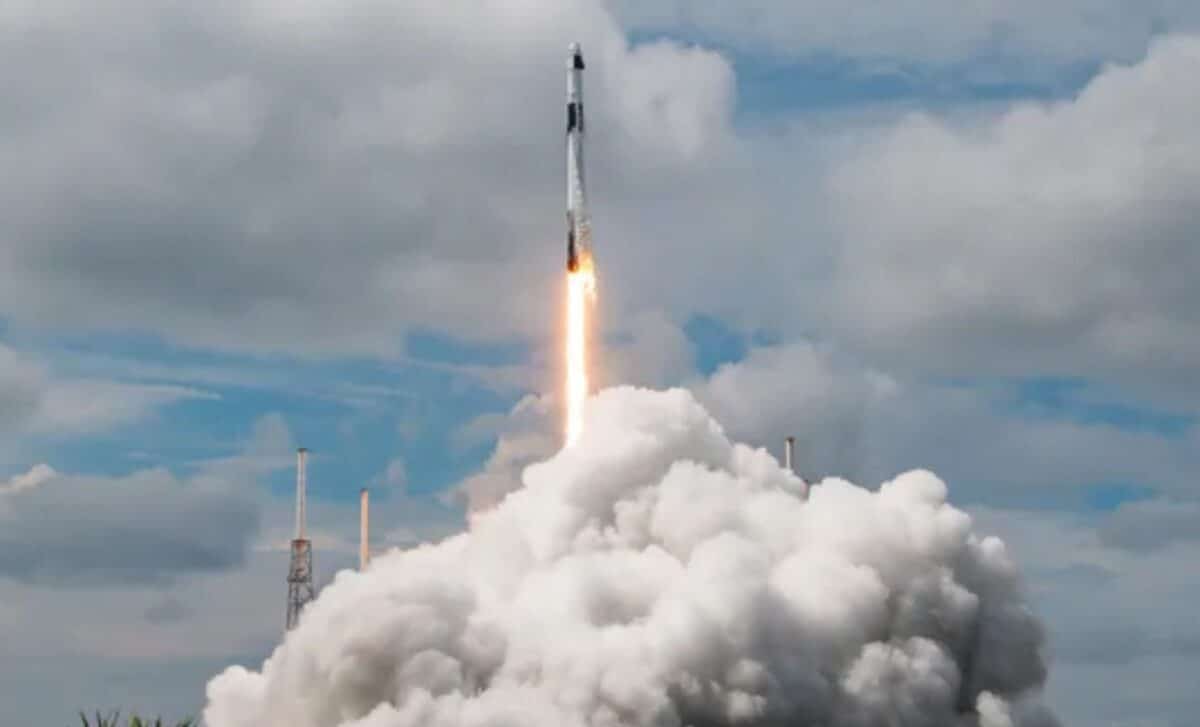The FAA has cleared SpaceX to resume Falcon 9 launches after temporarily grounding the rocket due to an upper stage issue during the Crew-9 mission in September. After reviewing SpaceX’s investigation and corrective measures, the FAA has authorized Falcon 9 to return to regular operations. SpaceX is now preparing for its next launches, including the highly anticipated Starship test flight and NASA’s Europa Clipper mission.
FAA Clears SpaceX’s Falcon 9 for Flight After Upper Stage Mishap

The Federal Aviation Administration (FAA) has given SpaceX the green light to resume regular launches of its Falcon 9 rocket, following an investigation into a mishap that occurred during the Crew-9 mission on September 28, 2024.
The FAA had temporarily grounded Falcon 9 launches to review the issue with the rocket's upper stage, which had reentered Earth’s atmosphere outside of its designated disposal zone. With the investigation now complete and corrective measures in place, SpaceX is set to resume its Falcon 9 launch schedule.
Investigation into Falcon 9 Upper Stage Anomaly
The suspension of Falcon 9 launches began after an issue arose during the Crew-9 mission in late September. While the mission itself was a success, the upper stage of the Falcon 9 failed to complete a normal deorbit, causing it to reenter the atmosphere over the South Pacific Ocean outside its intended area. This anomaly prompted the FAA to halt Falcon 9 operations until a full investigation could be conducted to ensure public safety.
In a statement, the FAA said it reviewed and accepted SpaceX’s findings from its investigation and the corrective actions put in place to prevent a recurrence. "The FAA notified SpaceX on Oct. 11 that the Falcon 9 vehicle is authorized to return to regular flight operations," the agency said. SpaceX has not released full details of the investigation’s findings, but the company confirmed that the anomaly was resolved to the FAA’s satisfaction.
The big FAA license news today is… they have cleared Falcon 9 to return to flight.
“The FAA notified SpaceX on Oct. 11 that the Falcon 9 vehicle is authorized to return to regular flight operations. The FAA reviewed and accepted the SpaceX-led investigation findings and…
— Jeff Foust (@jeff_foust) October 11, 2024
This incident marked the third Falcon 9 mishap in less than three months, heightening concerns about the rocket’s reliability. Earlier issues included a July 11 upper-stage propellant leak, which resulted in the loss of 20 Starlink satellites, and an August 28 booster landing failure after a Starlink launch. Despite these incidents, SpaceX has implemented corrective measures after each, allowing it to return to regular operations.
Falcon 9's Return to Regular Launch Operations
Despite the grounding, the FAA made an exception to allow SpaceX to launch ESA’s Hera asteroid mission on October 7, as the upper stage for that mission did not require reentry. The Hera mission, designed to study the aftermath of NASA’s DART asteroid deflection experiment, was successfully launched without issue.
With the FAA now lifting the overall suspension, SpaceX is preparing to resume its full slate of Falcon 9 missions. While SpaceX has not yet announced the exact timing of its next Falcon 9 flight, preparations are underway for multiple high-profile launches, including NASA’s Europa Clipper mission, scheduled for launch on a Falcon Heavy rocket later in October.
In addition to resuming Falcon 9 operations, SpaceX is preparing for the fifth test flight of its Starship megarocket, a vehicle designed for deep-space missions to the Moon and Mars. The next Starship flight is targeted for October 13, pending final FAA approval. SpaceX stated that it is confident in receiving regulatory approval in time for the launch and has continued launch preparations, including issuing airspace and maritime safety notices.
SpaceX's Response and Future Plans
SpaceX has been swift in addressing each anomaly, emphasizing its commitment to maintaining a high launch cadence while ensuring safety. The Falcon 9 rocket, known for its reusability, is SpaceX's workhorse vehicle, responsible for launching Starlink satellites, crewed NASA missions, and commercial payloads. Given its heavy reliance on Falcon 9 for current and upcoming missions, maintaining the rocket’s safety and reliability is crucial to SpaceX’s overall success.
Meanwhile, attention is shifting to SpaceX’s Starship system, which has the potential to revolutionize human space exploration. Starship is being developed for long-duration missions to the Moon, Mars, and beyond, and is central to SpaceX’s vision of making life multi-planetary. The upcoming test flight of Starship, if approved by the FAA, will be another significant step toward achieving that goal.



